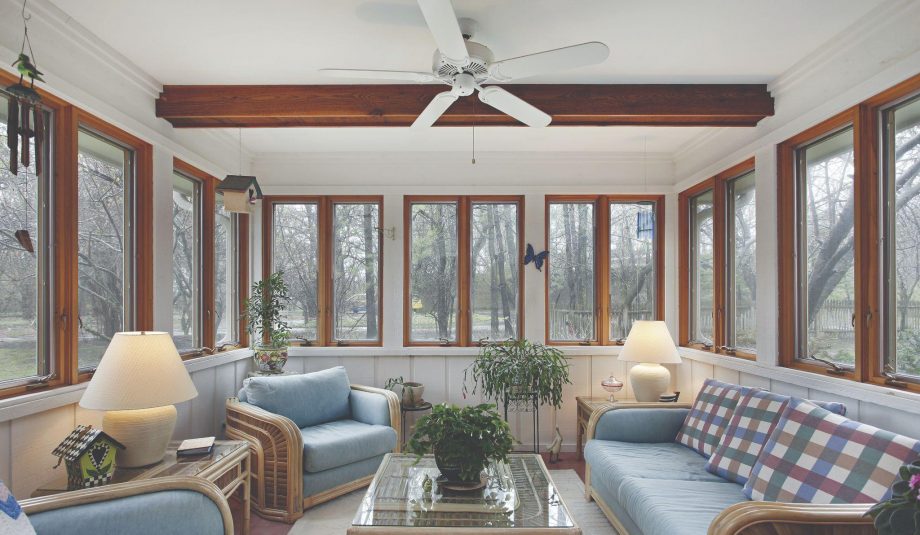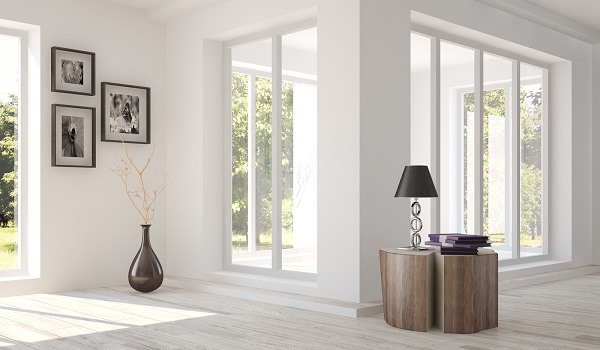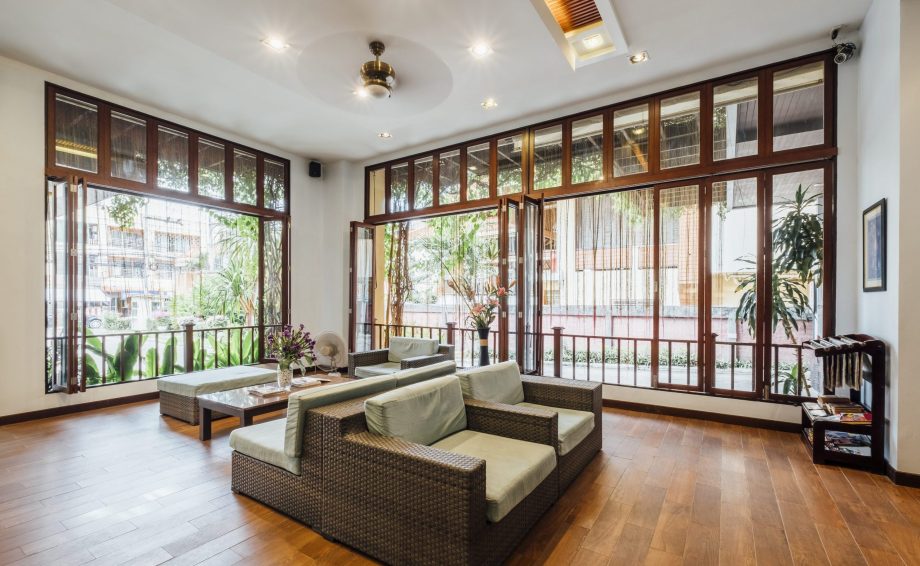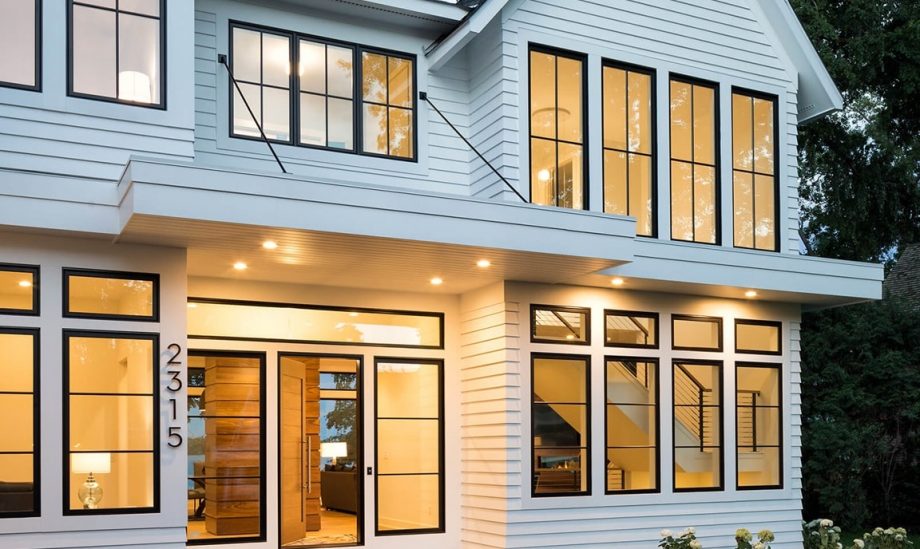1. Strength, beauty, design freedom
Steel offers architects more design freedom in colour, texture and shape. Its combination of strength, durability, beauty, precision and malleability gives architects broader parameters to explore ideas and develop fresh solutions. Steel’s long spanning ability gives rise to large open spaces, free of intermediate columns or load bearing walls. Its capacity to bend to a certain radius, creating segmented curves or free-form combinations for facades, arches or domes sets it apart. Factory-finished to the most exacting specifications under highly controlled conditions, steel’s final outcome is more predictable and repeatable, eliminating the risk of on-site variability.
2. Fast, efficient, resourceful
Steel can be assembled quickly and efficiently in all seasons. Components are pre-manufactured off site with minimal on-site labour. A whole frame can be erected in a matter of days rather than weeks, with a corresponding 20% to 40% reduction in construction time relative to on-site construction, depending on a project’s scale. For single dwellings, on more challenging sites, steel often allows less points of contact with the earth, reducing the amount of excavation required. Structural steel’s lighter weight relative to other framing materials such as concrete enables a smaller, simpler foundation. These efficiencies in execution translate to considerable resource efficiencies and economic benefits, including accelerated project schedules, reduced site management costs and an earlier return on investment.
3. Adaptable and accessible
These days, a building’s function can change dramatically and rapidly. A tenant may want to make changes that increase floor loads significantly. Walls may need to be repositioned to create new interior layouts based on different needs and space usage. Steel-built structures can cater for such changes. Non-composite steel beams can be made composite with the existing floor slab, cover plates added to the beams for increased strength, beams and girders easily reinforced and supplemented with additional framing or even relocated to support changed loads. Steel framing and floor systems also allow easy access and alterations to existing electrical wiring, computer networking cables and communication systems.
4. Less columns, more open space
Steel sections provide an elegant, cost-effective method of spanning long distances. Extended steel spans can create large, open plan, column free internal spaces, with many clients now demanding column grid spacing over 15 metres. In single storey buildings, rolled beams provide clear spans of over 50 metres. Trussed or lattice construction can extend this to 150 metres. Minimising the number of columns makes it easier to subdivide and customize spaces. Steel-built buildings are often more adaptable, with greater potential for alterations to be made over time, extending the lifetime of the structure.
6. Added fire resistance
Extensive testing of structural steelwork and complete steel structures has provided the industry with a thorough understanding of how steel buildings respond to fire. Advanced design and analysis techniques allow precise specification of fire protection requirements of steel-framed buildings, often resulting in significant reductions in the amount of fire protection required.
7. Earthquake resistance
Earthquakes are unpredictable in terms of magnitude, frequency, duration, and location. Steel is the material of choice for design because it is inherently ductile and flexible. It flexes under extreme loads rather than crushing or crumbling. Many of the beam-to-column connections in a steel building are designed principally to support gravity loads. Yet they also have a considerable capacity to resist lateral loads caused by wind and earthquakes.
8. Aesthetics, meet function
Steel’s slender framing creates buildings with a sense of openness. Its flexibility and malleability inspire architects to pursue and achieve their aims in terms of exploring distinctive shapes and textures. These aesthetic qualities are complemented by steel’s functional characteristics that include its exceptional spanning ability, dimensional stability over time, its acoustic noise dampening abilities, endless recyclability and the speed and precision in which it is manufactured and assembled onsite with minimal on-site labour.
9. More usable space, less material
Steel’s ability to maximise space and internal width with the thinnest shell possible means thinner, smaller structural elements are achievable. Steel beam depths are around half that of timber beams, offering greater usable space, less materials and lower costs compared with other materials. Wall thicknesses can be thinner because steel’s strength and excellent spanning capacity means there’s no need to build solid, space-consuming brick walls. This can be particularly relevant for heavily constrained sites, where steel’s space-saving properties can be the key to overcoming spatial challenges.
10. Lighter and less impacting on the environment
Steel structures can be significantly lighter than concrete equivalents and require less extensive foundations, reducing the environmental impact of the build. Less and lighter materials means they are easier to move around, reducing transportation and fuel use. Steel pile foundations, if required, can be extracted and recycled or reused at the end of a building’s life, leaving no waste material on site. Steel is also energy efficient, as heat radiates quickly from steel roofing, creating a cooler home environment in hot climate areas. In cold climates, double steel panel walls can be well insulated to better contain the heat.





